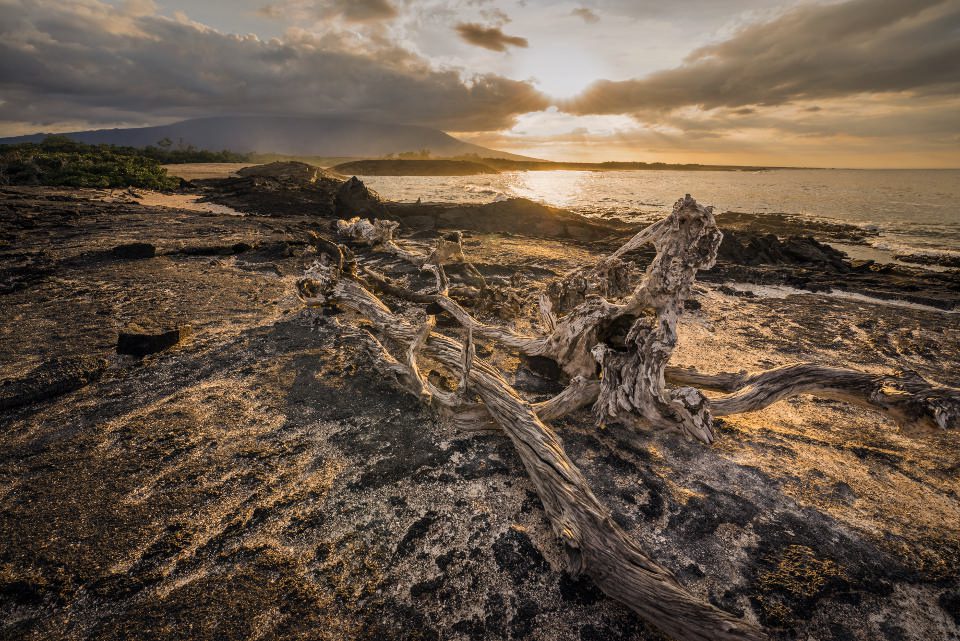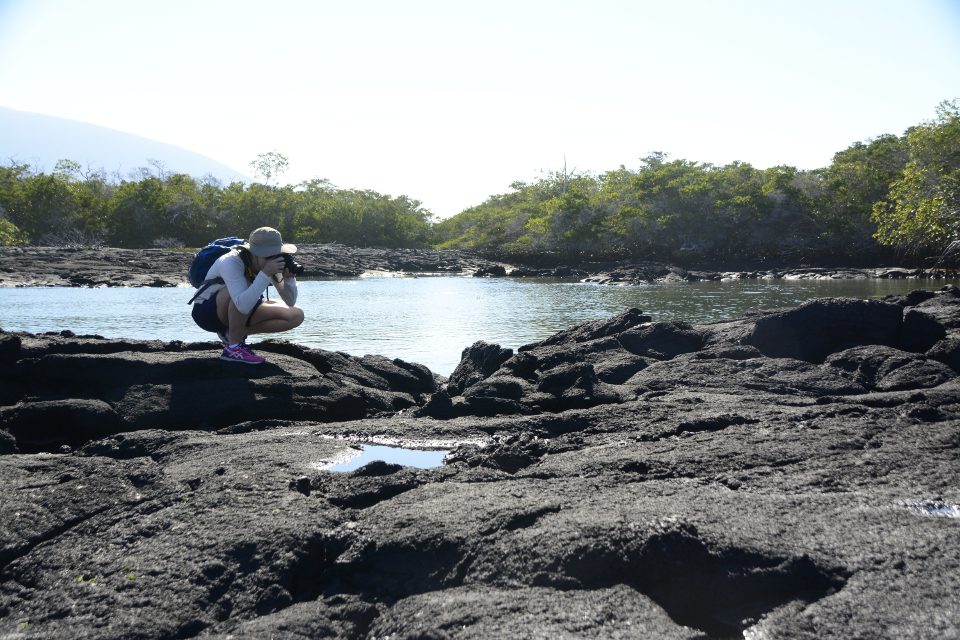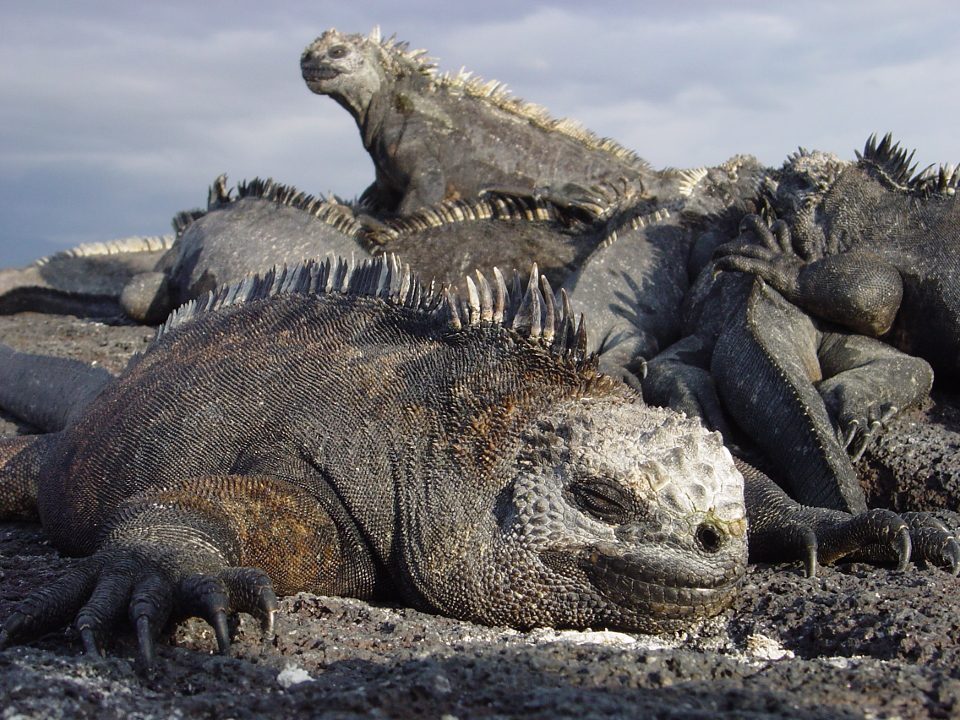Just today, La Cumbre volcano on Fernandina Island began releasing giant plumes of steam and ash that went high into the deep blue skies of the Galapagos, mesmerizing passengers aboard serendipitous ships that happened to be in the vicinity.
Keep in mind that the island of Fernandina was formed by a Galapagos hotspot, itself being an active shield volcano that last erupted on April 11, 2009. Geologically speaking, Fernandina is one of the youngest islands in the whole archipelago and, being the westernmost island, is also considerably isolated. It is home to incredibly unique and endemic species, such as the flightless cormorant, that form part of our BIG15 group of iconic species in Galapagos.
TALK TO A DESTINATION EXPERT

Diego Zapata

Rosa Mena

Sandy Lara

Diego Zapata

Rosa Mena

Sandy Lara
Pinning almost the exact center of the island is La Cumbre – the name of the shield volcano itself made almost entirely out of fluid lava flows. This active behemoth stands at about 1,475 meters (4,842 feet) and dominates all other nearby volcanoes by being the most active volcano in the entire Galapagos archipelago.
Tectonic Technicalities
Eruptions have been known to last anywhere from a single day to up to two weeks in total and have never once been recorded as being fatal or harmful to any human being. Yacht La Pinta will be fortunate enough to get a glimpse of the said eruption from the western side of Isabela Island while at the Sombrero Chino visitor site scheduled for tomorrow (Tuesday, August 5th, 2017).
Make your Galapagos vacation a unique experience aboard Yacht La Pinta!

Situated on the upper western corner of the Nazca Plate, the Galapagos Islands gradually moves towards the southeast at the same rate that our fingernails grow. The archipelago also happens to be located not all that far from where the center of the Nazca Plates and Pacific Plates spread out from one another. All of the islands on the archipelago have a single cone except for Isabela Island, which has a grand total of six volcanoes strung along with its geography. As a result of its unique position over these plates, volcanic eruptions aren’t all that unusual.

A Brief History of Species Behaviour during Volcanic Eruptions (on Fernandina)
Jet black lava fields are ubiquitous on the island of Fernandina and spread themselves out from their source: La Cumbre. Visitors will walk across these solid and abstract pieces of solid magma, which now serve as a horizontal testament to how far the lava arrived from all the previous eruptions that it’s experienced. Land iguanas are oblivious to the danger of said lava as they have been known to make their nests within one of the inner calderas of La Cumbre, as the rest of the island is made of solid lava.

Interesting to note is that many terrestrial and aerial species have been noted to behave in some rather fascinating and unusual ways during volcanic eruptions on Fernandina Island. Marine iguanas, for instance, have actually been observed to move towards the lava flows rather than away from them, presumably seeking their heat (as is instinct) to warm up their cold-blooded bodies. Lava from La Cumbre that reached and slid into the ocean managed to kill numerous fish and, consequently, attracted a number of seabirds that came to feast on the dead bodies that floated up to the surface. Alas, said birds were themselves also victims of the extreme heat from the lava, getting severely burned (i.e. losing all their feathers) or killed from flying too close to the lava flows. Talk about a real-life version of Icarus!

Javier Garcia

Eduardo Silva

Carolina Escobar
START PLANNING YOUR TRIP

Javier Garcia

Eduardo Silva

Carolina Escobar
Get in touch for more
CONTACT US


